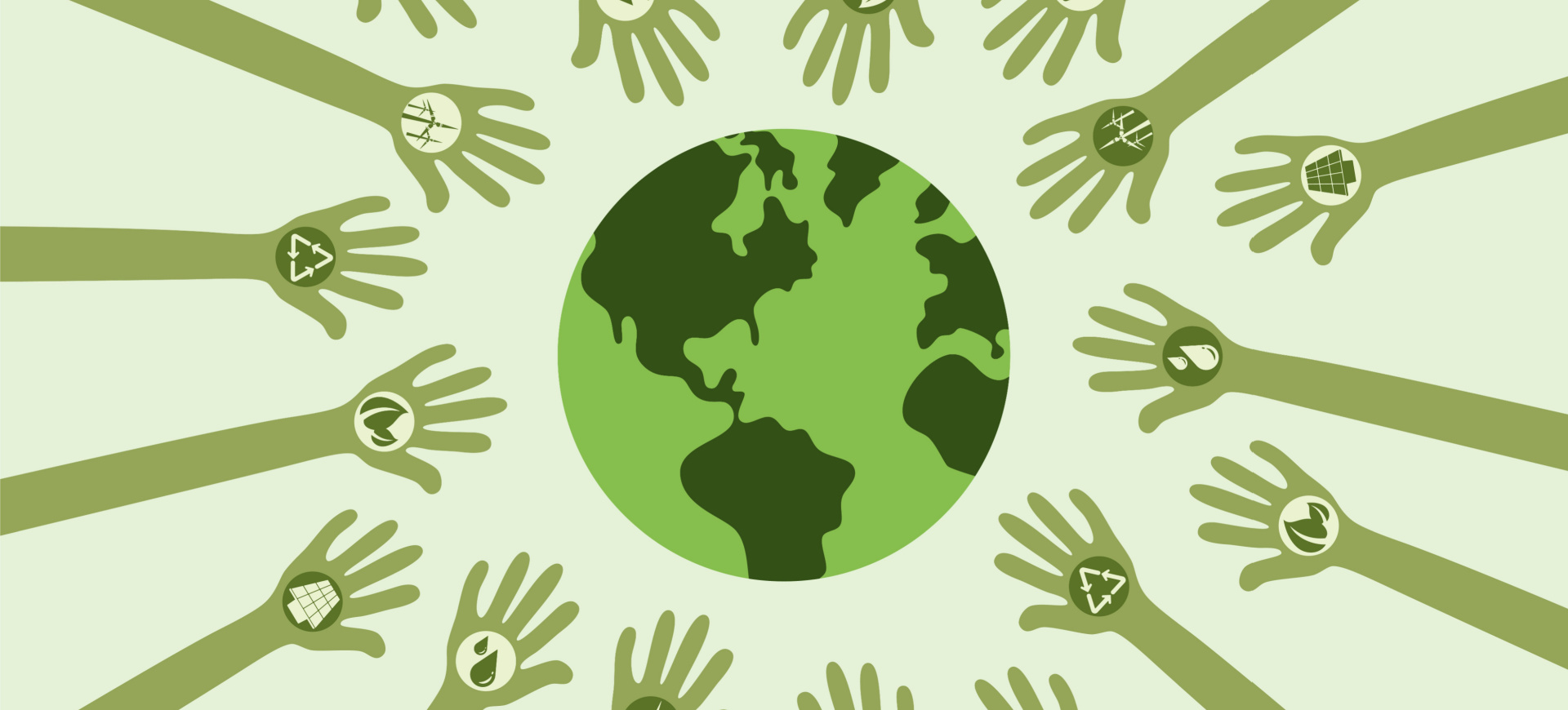Realising a better world
If the G7 can demonstrate decisive leadership to address strained economic and financial conditions worldwide, it could reduce or even eliminate the damage from future socio-economic shockwaves
Is the world progressing towards meeting the Sustainable Development Goals?
On the macro level, the world is simply not moving fast enough on many of the SDGs, while hard-won progress on some goals is even regressing in the wake of the Covid-19 pandemic and increasingly strained economic and financial conditions. Therefore, the SDG Summit in September 2023 has added significance. In a world riven by the impacts of climate change and geopolitical tensions, we need the SDGs more than ever as they represent one of the only platforms on which all countries still agree on to realise a better world.
Which SDGs have advanced the most or least?
Poverty has increased. Life expectancy is backsliding even in some high-income countries. However, Goal 13, on climate action, and Goal 7, on clean, affordable energy, may surprise us. Energy security has become a driver of energy independence and bold investments in renewable energy infrastructure. Or consider Goal 17, on partnerships, where enhancing access to technology is on target and exceeding expectations in some cases.
Which crises have had the greatest impacts?
The Covid-19 pandemic has had profound ramifications in physical, social, economic and psychological terms that will constrain development, especially in low-income economies, for years to come. Extreme weather and climate events are now increasing in frequency, intensity and severity. Not since 1945 have there been as many violent conflicts, while the global number of people forcibly displaced from their homes has passed 100 million for the first time ever. Indeed, recent analysis by the United Nations Development Programme highlighted that 52 low- and middle-income developing economies are currently either in debt distress or at high risk of debt distress. If this situation is not tackled, many countries will simply be unable to invest in the future – everything from tackling poverty to promoting gender equality to rolling out clean energies. Key institutions including the G7, the G20 and the United Nations that were established to act in times of crisis are struggling to respond.
How will the need to reconstruct Ukraine affect progress towards meeting the SDGs?
When the Berlin Wall fell, West Germany was confronted with reunification and mobilised close to $100 billion annually to invest in East Germany. In some ways, this demonstrates the contradiction of a world today where developed countries have still not fulfilled their promise to coinvest $100 billion per annum to support critical climate action in developing countries. Indeed, if wealthy countries’ investment in Ukraine’s reconstruction and recovery comes at the expense of investing in developing countries, poverty reduction and energy transitions, it could cause deeper geopolitical rifts. G7 members face difficult decisions in the face of multiple crises. However, the choices they have made, such as recent banking sector bailouts, have proven once more that they can mobilise the significant financing needed to strategically respond to crises.
How have the UN and UNDP been working to restore progress?
The secretary-general’s SDG Stimulus Plan has laid out a clear methodology to address the critical needs of developing countries, including new measures to inject liquidity, reschedule and restructure debt, and leverage private finance. Or consider UNDP’s SDG Push analysis that outlines how deliberate policies and strategic investments, designed by countries for their individual context, can get the SDGs back on track.
Poverty and inequalities are perhaps the most corrosive forces that can tear societies apart. UNDP’s approach has been to identify those most at risk, helping governments to extend key supports such as social protection and tailored assistance to women-led small businesses, the backbone of many economies. We are also facilitating developing countries’ issuing of SDG-aligned bonds to raise capital according to their national priorities, raising over $11 billion in the past 18 months alone. Or consider UNDP’s Insurance and Risk Finance Facility, which will enable the rollout of new insurance products to millions of people, protecting lives, livelihoods and assets from the impact of crises.
How have G7 summits spurred progress for reaching the SDGs?
Despite differences among its members, the G7 has always been very supportive of the 2030 Agenda and the SDGs from climate action and poverty eradication to debt, energy transitions and the green economy. Japan, for instance, created a dedicated SDGs Promotion Headquarters headed by its prime minister.
How can the Hiroshima Summit help?
Prime Minister Fumio Kishida is hosting the G7 summit in his hometown of Hiroshima, a most appropriate location to emphasise the preciousness of peace. The gathering must be a moment to reflect on how to return to peace and dialogue, and G7 members must embrace their responsibility to resolve conflicts. The Hiroshima Summit will put forward a view of human security and health, which argues that the threats to the well-being of people and planet must be tackled in a more cohesive and sophisticated manner.
A corollary is the G7’s ability to signal more engaged and deliberate strategies to engage the Global South. There is optimism that the G7 will emerge with an unequivocal indication that it is ready to take groundbreaking measures to directly address the current global financial turmoil, including the debt and development financing crises. In short, G7 members can demonstrate decisive leadership now to nip potentially even more damaging global socio-economic shockwaves in the bud.












